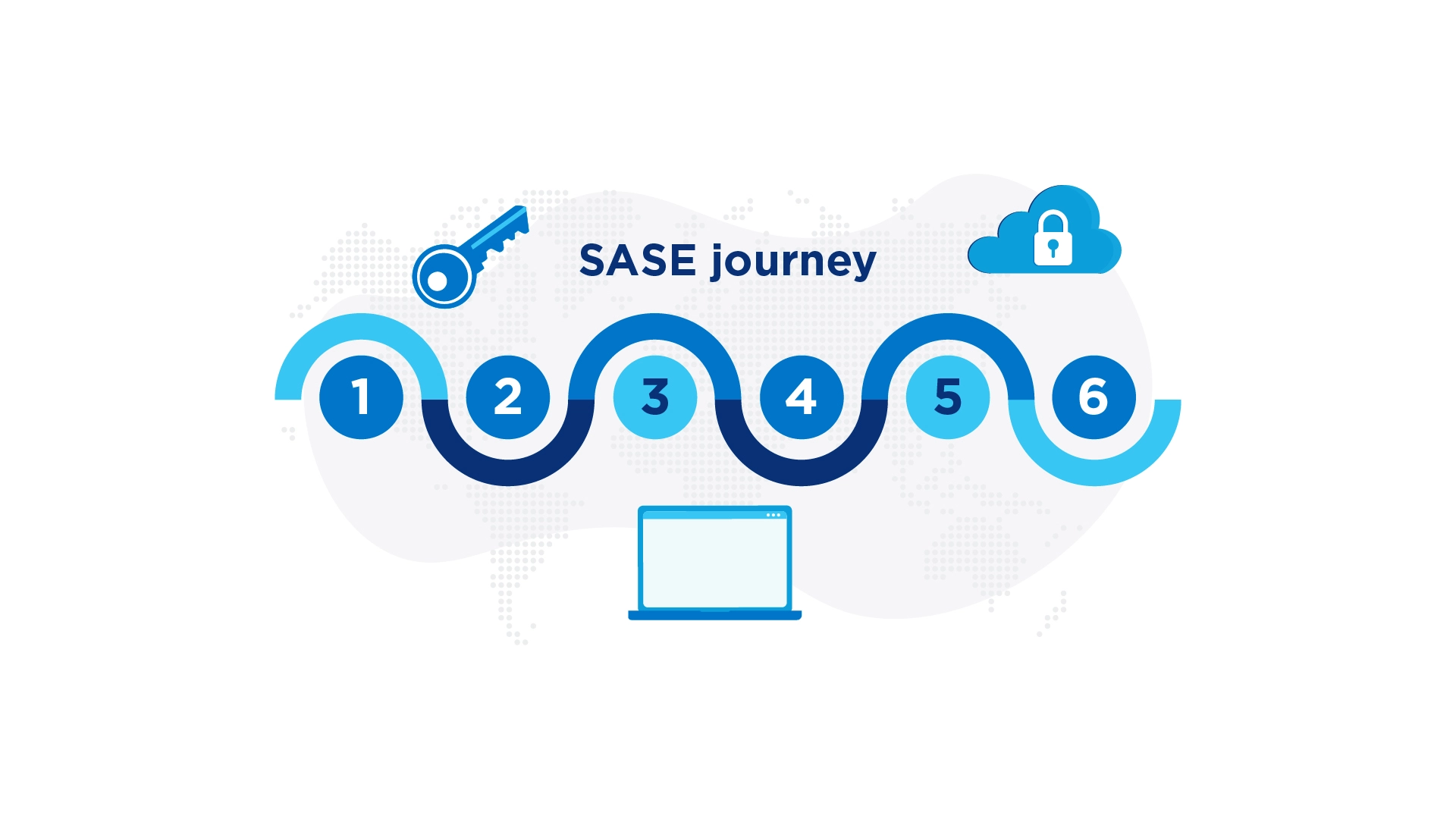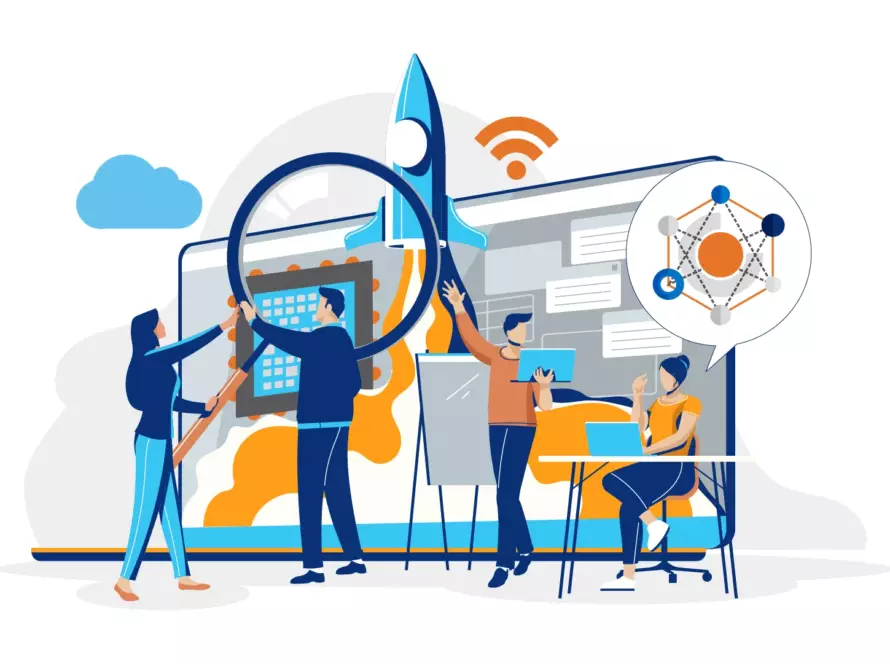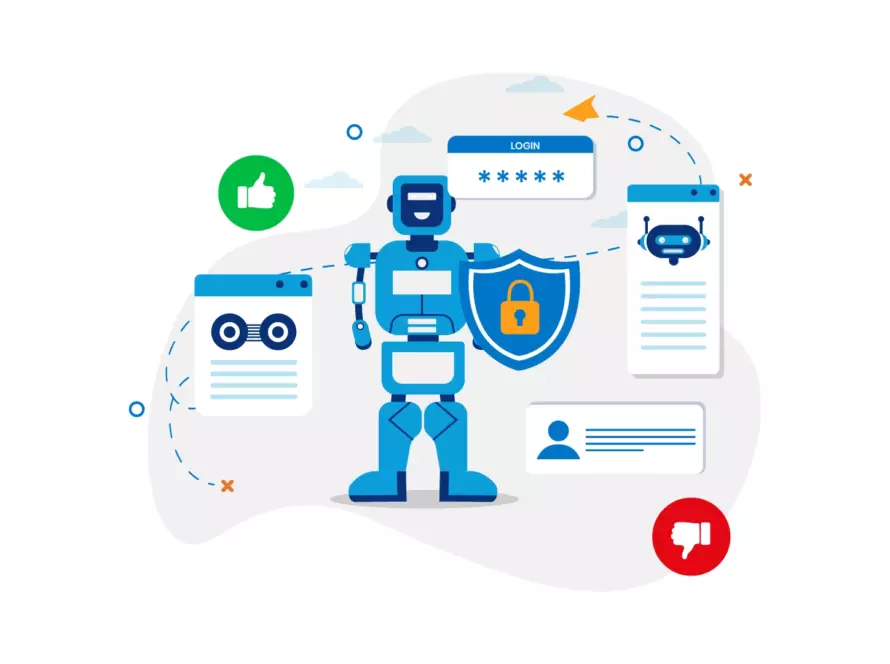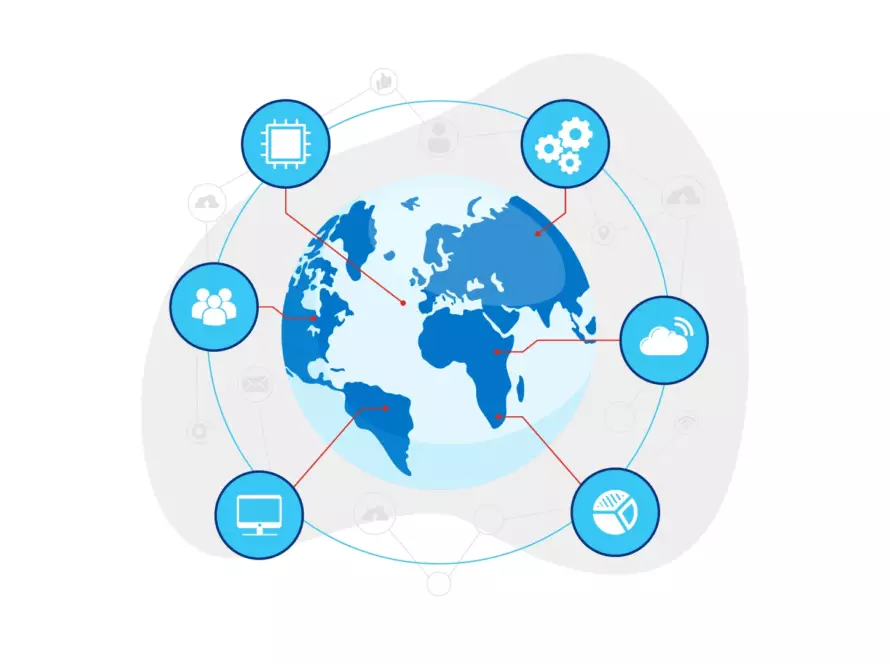SASE refers to a convergence of network and security platforms that creates a secure edge solution to service cloud-based environments.
Cloud Compute
The advent of cloud computing has been hugely beneficial in this endeavor. But it’s not without its challenges – most notably, the move from on-premise network environments to virtual, cloud-based architectures that can deliver access to services anywhere and anytime.
Furthermore, addressing the ramifications of cloud adoption upon an organization’s cybersecurity posture can be challenging, particularly as users move beyond the protected corporate firewall and into distributed and remote workplace scenarios. As enterprises seek to enable similar security controls and compliance levels to their previous circumstances of predominantly on-premise environments and centralized workforces, they are realizing the need to move to truly borderless security architecture.
Nowadays, many applications have moved to the cloud, but continuing to support security through data center firewalls can result in unacceptable latencies and congestion. The issue is compounded by the increasing numbers of remote workers, as well as the rise of edge-centric computing.
As enterprises struggle to secure their networks, while maintaining performance, many are deploying Secure access service edge (SASE) solutions.
Introducing SASE
SASE refers to a convergence of network and security platforms to create a secure edge solution in which to service cloud-based environments. SASE is an approach, not a product. It involves taking the heavily weighed network security features and managing them in the cloud, away from the corporate network boundaries – and by doing so, delivers lower latency and higher network performance. Ultimately improving the experience for both users and customers.
What does this look like in practice? For remote workers, it means defining security policies based on user, device, network, and location. Ensuring users are always authenticated, with the right security policies, even when they’re not connecting via VPN.
Sounds compelling – if a little complex – right? But the way to SASE is surprisingly simple. Here are our six steps to set you on the right track.

1. Align
Successful technology adoption always requires alignment between the business vision and IT strategy. Based on your business priorities, you may choose to take a phased approach, or perhaps you’re looking at a complete transformation.
2. Assess
Next, assess your current set-up, including environmental limitations and market regulations. Consider your organization’s risk appetite and identify your SASE use cases. Don’t forget – this will likely be a big change for your teams, so you need to bring them along for the ride. The SASE methodology needs to be well understood to be able to review current challenges and determine the experience and adoption objectives of the go-forward model.
3. Prepare
Next, assess your current set-up, including environmental limitations and market regulations. Consider your organization’s risk appetite and identify your SASE use cases. Don’t forget – this will likely be a big change for your teams, so you need to bring them along for the ride. The SASE methodology needs to be well understood to be able to review current challenges and determine the experience and adoption objectives of the go-forward model.
4. Choose the right partner
If you’re looking for a partner, you’ll be navigating a saturated market. Do your due diligence in relevant evaluation areas. For example, do they have the geographic coverage and scale that you need? Do they offer the right technology and interoperability to meet your SASE goals? How substantive are their cybersecurity credentials?
5. Test
Last but not least, implement your governance plan, monitor adoption, review constantly and calibrate. SASE is new, and is continuing to evolve – so this isn’t a set-and-forget process.
6. Deploy
Successful technology adoption always requires alignment between the business vision and IT strategy. Based on your business priorities, you may choose to take a phased approach, or perhaps you’re looking at a complete transformation.
What’s Next?
If you’re ready to get started on your SASE journey, Lumen can help. We have one of the largest networks in the world, Lumen is named a Leader in the 2021 Gartner® Magic Quadrant for Network Services, Global[1] and we have supported enterprises globally to achieve their SASE potential.
I recently held a webinar with a member of my team on this topic. This could be of interest to those seeking to learn more about SASE adoption. Alternatively, you can get in touch with us to arrange a SASE consultation with one of our technical experts.
6 steps to simplified SASE adoption Webinar
[1] Gartner, “Gartner Magic Quadrant for Network Services, Global”, 2021. GARTNER is a registered trademark and service mark of Gartner, Inc. and/or its affiliates in the U.S. and internationally and is used herein with permission. All rights reserved.
This content is provided for informational purposes only and may require additional research and substantiation by the end user. In addition, the information is provided “as is” without any warranty or condition of any kind, either express or implied. Use of this information is at the end user’s own risk. Lumen does not warrant that the information will meet the end user’s requirements or that the implementation or usage of this information will result in the desired outcome of the end user. This document represents Lumen’s products and offerings as of the date of issue. Services not available everywhere. Business customers only. Lumen may change or cancel products and services or substitute similar products and services at its sole discretion without notice. All third-party company and product or service names referenced in this article are for identification purposes only and do not imply endorsement or affiliation with Lumen. ©2022 Lumen Technologies. All Rights Reserved.
Interested to know more?
Find out how you can transform your edge strategy with Lumen SD-WAN Solutions.





